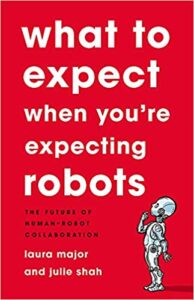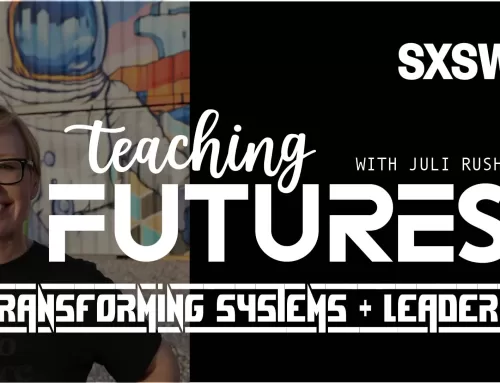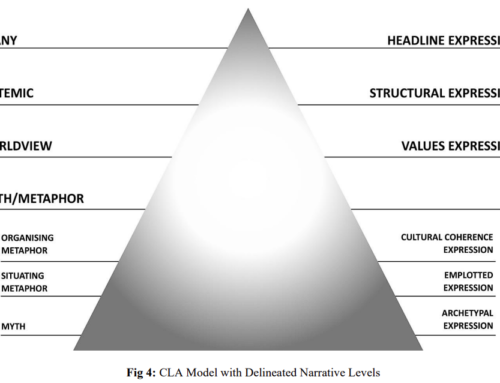Book review by Greg Turner, APF

An optimistic assessment of a human future integrated with robots, Major and Shah present a practical, as opposed to a visionary, outlook of living with our machine colleagues. They are more interested in how we can make such a partnership functional and effective, rather than either evangelizing for automation, or fearing its ascent.
There are three parties to the human-robot society: the robots, the human supervisors or users who more or less control the robots and direct their activities to some degree, and the bystanders. The last of these groups is mostly us, those who interact with the automatons but don’t really know much about their intelligence or operational capacities. Each of the groups, however, has need of training and enhancement in order to make a human-robot society work.
Industrial and military robots provide good examples of how to make human-robot collaboration work, but only to an extent. Both applications rely on extensive training and enhanced robotic intelligence in order to work well, but training sufficient to create an effective human-robot society is currently woefully deficient. Public or working robots will need to be able to function in society in an environment where they meet bystanders often, a chaotic circumstance to the machine. Humans similarly are largely ignorant of robotic responses that could be expected. Both must be much more advanced than at present in order to achieve efficacy and safety.
Key to effective human-robot collaboration will be data sharing and operational standards, probably through some sort of regulatory agency (similar to the FAA’s oversight of the airline industry). Also, changes to our physical environment that help both humans and robots read cues effectively will be necessary. This is the “three-body” issue where it will be necessary to design into robots three key things: observability, predictability, and directability. Observability refers to the machine’s ability to see us in a variety of dynamic environments (e.g., on a sidewalk). Predictability requires robots to understand the likely behaviors of humans during an encounter in such an environment. Directability means that, when a robot is confused, a system or person must be able to step in to resolve the situation to both human and robot satisfaction.
Compared with others in this domain, Major and Shah see little chance of robots ever superseding humans. Their view seems to be that robotics are limited by their need to be programmed whereas humans are outfitted with highly adaptive and responsive systems that will probably never be equaled or exceeded by the machines. Robots will always be tools. Another limitation to robots: they may exhibit path dependency, in which their programs so tightly fit certain data sets that they cannot deviate when faced with real environments.
The authors spend a lot of ink discussing the need for the development of standards that will govern the interface between robots and humans in the future. The authors don’t state this, but I will: there will be competition to establish standards to which inter-robot and human-robot communications must conform. Whoever gets there first will rule the world.
Laura Major is the CTO of the Hyundai-Aptiv Autonomous Driving Joint Venture. Julie Shah is director of the Interactive Robotics Lab at MIT.




